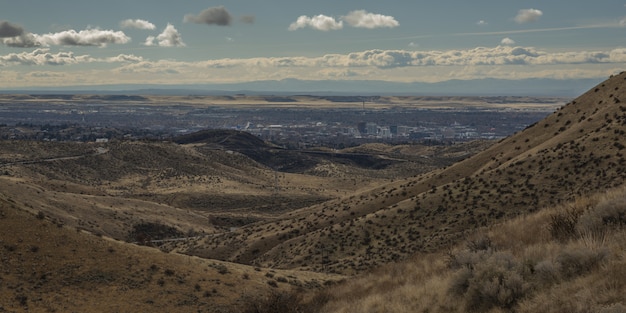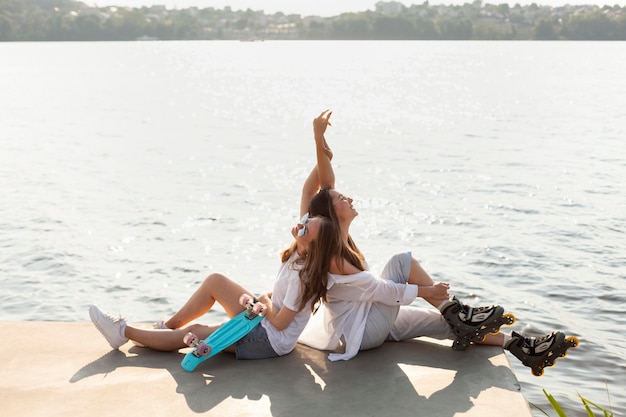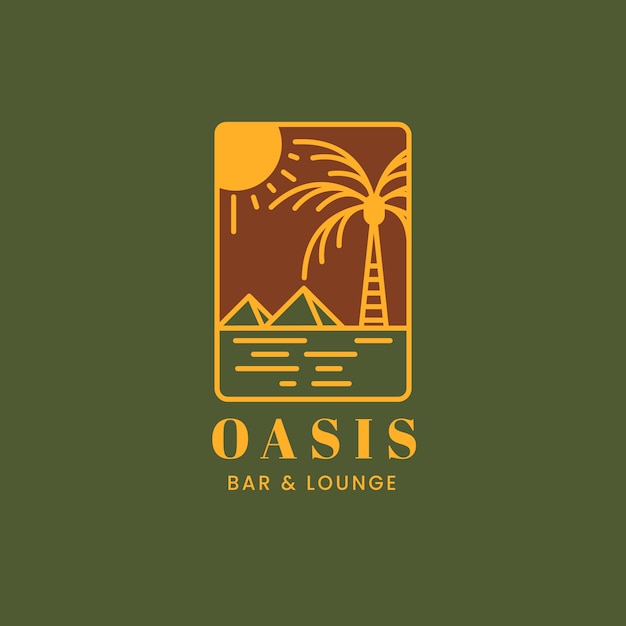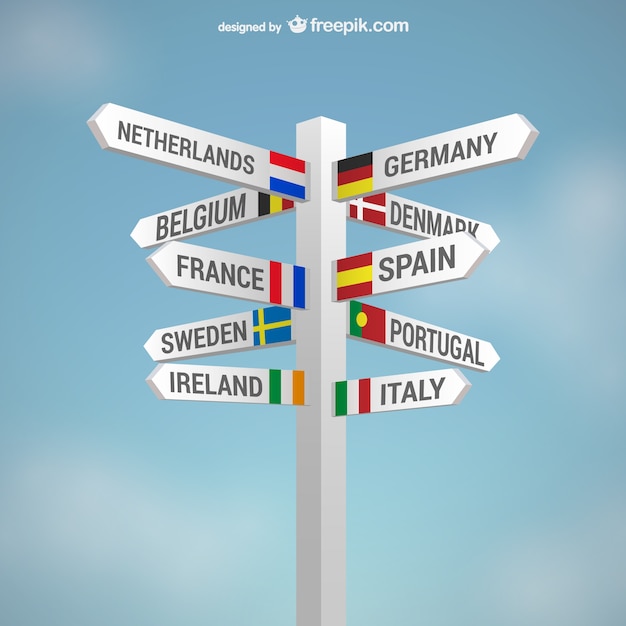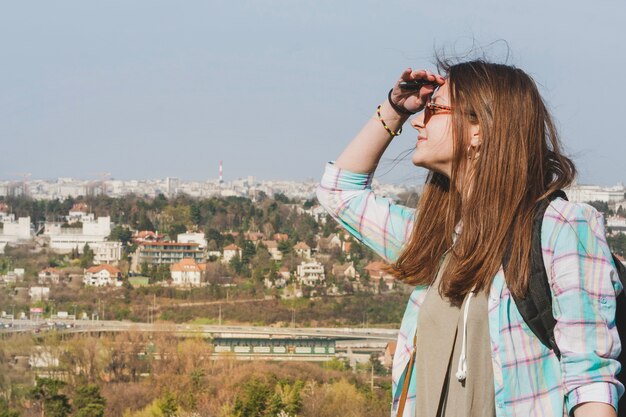
Albania has gradually become one of Europe’s favorite budget destinations. However, as more people discover its once-overlooked capital, Tirana, finding those great deals everyone talks about isn’t as easy. Mastercard recently named Tirana the third-fastest growing travel destination in the world, so I thought it was time to share some insider tips on how to make the most of the city.
**Plan Your Day with Breaks**
Tirana is bustling, larger than you might expect, and extremely hot during July and August, with temperatures often reaching 35°C – 38°C (95°F – 100°F). While spontaneity can be fun, it’s best to have a set itinerary with plenty of rest stops. Keep a list of backup places to visit and their locations on your phone to avoid wandering aimlessly in the heat.
Here’s a sample itinerary for a first-time visitor:
– **9:00 – 9:30**: Start your day with coffee and breakfast at Mon Cheri, Mulliri i Vjetër, or Sophie Cafe.
– **9:45 – 10:45**: Visit Skanderbeg Square to buy souvenirs, admire the architecture, and people-watch.
– **10:50 – 12:00**: Explore Bunk’Art 2, just a short walk from the square.
– **12:05 – 12:30**: Grab a quick snack at a nearby supermarket or byrektore, where you can get freshly-made bureks for less than $0.8 each.
– **12:35 – 13:45**: Visit Tirana Castle and the surrounding pedestrian area.
– **14:00 – 15:30**: Have lunch at Restaurant Era Blloku, which offers traditional dishes at reasonable prices.
– **15:50 – 18:30**: Return to your hotel or Airbnb to rest during the hottest part of the day.
– **18:45 – 20:30**: Take the Dajti Express to the top of Dajti Mountain to watch the sunset.
– **21:00 – 22:30**: Enjoy dinner back in the city at Pizzeria Deliziosa (Italian), Sakura (Japanese), or Serendiville (Mexican).
– After dinner, you can either call it a day or head to the famous Blloku neighborhood for a drink.
**Budget-Friendly Tips**
You can manage on less than $60 a day if you’re careful. For example, a $2.5 breakfast sandwich at Mulliri i Vjetër, a $0.7 burek for lunch, and a $6 combo meal at OPA for dinner will keep your food costs low. The Dajti Express ticket is about $2.2, entry to Bunk’Art is around $7, and you can find hotels in great locations for just over $40.
**Finding Affordable Accommodation**
Finding a cheap place to stay in Tirana is easier than you might think. I recommend opting for an Airbnb over a traditional hotel. Airbnbs in the city center often have excellent reviews and cost less than $50 a day.
**Avoid Public Transport During Peak Hours**
Navigating public transport in Tirana can be tough, especially during the hot summer months when buses are crowded and uncomfortable. It’s worth spending a bit more on a centrally-located Airbnb and using Green Taxis for places you can’t walk to.
**Enjoy the Food Scene**
Tirana’s food scene is diverse and delicious. Traditional Albanian dishes are a must-try, but you’ll also find great international cuisine. Some of my favorites include OPA’s gyros, Deliziosa’s pizzas, Era’s fërgesë, Sakura’s sushi, and Cioccolatitaliani’s tiramisù.
**Day Trips from Tirana**
If you have extra time, consider a day trip to one of Albania’s other amazing cities. You could relax on the beaches of Durrës, enjoy the fairytale-like views of Berat, or explore the historical sites of Krujë.
**Nightlife in Blloku**
For a night out, head to Blloku, Tirana’s liveliest neighborhood. It’s packed with upscale restaurants, high-end boutiques, and Irish pubs where you can enjoy a specialty beer and a snack for less than $10. Duff and Meduza are great spots to check out for a fun evening.

